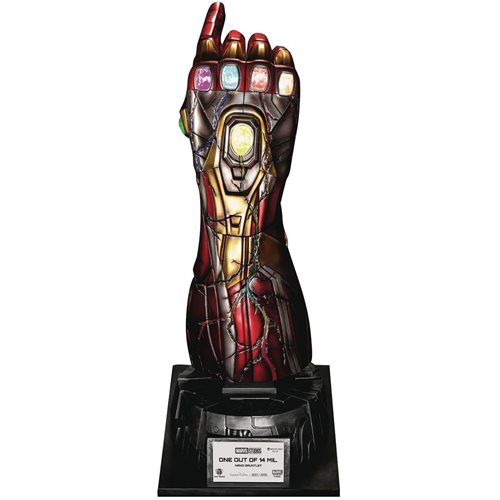A Story Of An Independent 3D Filmmaker: Vic Love
 Jim here. We have heard plenty of stories on the well funded and equipped 3D directors and producers out there - how about something on a small independent filmmaker making a go of it?
Jim here. We have heard plenty of stories on the well funded and equipped 3D directors and producers out there - how about something on a small independent filmmaker making a go of it?
Vic Love is pioneering live-action documentary 3D filmmaker in places like Hawaii and Jamaica on a non-budget. I spoke with Vic on many occasions and recently he opened up about his passion; 3D.
Says Love: "There are stories out there that need to be told, stories that are going away, there are living histories that need to be recorded, and I will do them in 3-D, as this is something that I can do, and we will only get better by doing. In the field this type of film-making is an order of magnitude harder than conventional run and gun, but technology will improve. I now have an incredible gratitude to our brain being able to sync the color, focus, and iris in two eyes perfectly, but then again we've had a million years of evolution, digital 3-D has only been around for a couple of years." He was one of the first stereographers in the world to shoot 3D footage from an ultralite. Looks like fun to me!
He was one of the first stereographers in the world to shoot 3D footage from an ultralite. Looks like fun to me!
I love the photo of Vic overlooking a village in Jamaica (bottom - Vic is on right) with an SRW-1, 2 CCU's, a switcher, 4 Hytron 140's, and a scope strapped on his back at dawn in the rain. He had climbed up this steep mountain that their camera van could not get up to get a sunrise shot of the Bob Marley estate overlooking 9 Mile.
Vic was in Jamaica filming a documentary on the history of reggae music (which I love). He is based out of Los Angeles but obviously travel is not an issue with him. Digital Content Producer has done a great interview with him found here back in February. He also runs a cross-eyed view 3-D stills website of his work at MY3DCAM.com.
Digital Content Producer has done a great interview with him found here back in February. He also runs a cross-eyed view 3-D stills website of his work at MY3DCAM.com.
From the DCP article: "In Jamaica, he'd (Vic) be composing shots, maneuvering the two-camera rig, and manipulating the interocular distance between the two cameras — all more or less on the fly. The latter task requires the stereographer to adjust the distance between the two cameras using the electronics of the rig, thereby emulating the separation of our eyes. Typically about 2.5in., that space between our eyes is what gives depth to our visual perception; a similar distance between stereo cameras creates the illusion of depth when we don 3D glasses.
According to Love, manipulating interocular distance is akin to pulling focus — instead, you're pulling stereo. “You know how to ride it,” he says. Even most smaller HD cameras — the Sony PMW-EX3, for instance — are too bulky to achieve that 2.5in. interocular distance between the centers of the lenses."
Sounds like Vic is having the time of his life! If you are or know someone who is involved with independent 3D filmmaking let me know. It would be my pleasure to introduce you to all MarketSaw readers! We all share the same passion after all...


